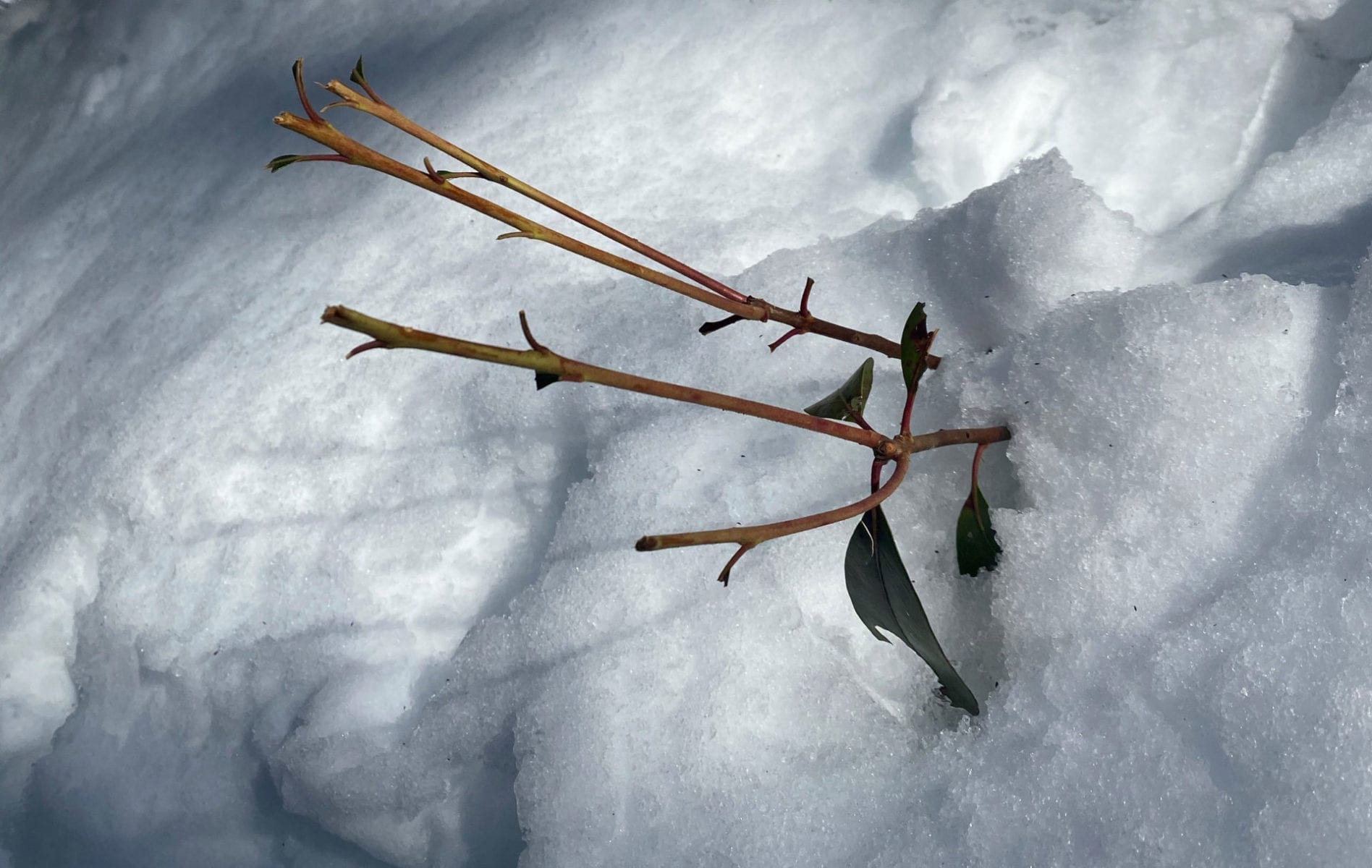As we enter the final stretch of winter, food sources throughout the Forest begin to dwindle. Plants like this mountain laurel (Kalmia latifolia) are typically referred to as a “last resort” food source for white-tailed deer due to the toxins these plants contain. Some species including mountain laurel and rhododendron contain glycosides in their leaves which can cause burns and upset the stomach of animals or humans if ingested. This acts as a deterrent and in return allows these plants to grow and prosper while other species are heavily browsed upon by deer.
To better understand what is going on here, we need to look at the previous events leading up to this. The deer have gone through a lot over the past 6 months here in the Hudson Valley. Drought like conditions set the stage for EHD (Epizootic Hemorrhagic Disease) outbreak that impacted many deer populations in the area. A late frost last spring decimated oak acorn production throughout the region, which forced deer to find alternative food sources this fall. On top of those, we received over 40 inches of snowfall in the month of February alone here in Black Rock Forest.
The impacts described above may have you concerned for our deer populations; however, we must not forget how adaptable and resilient these animals are! With a lack of abundant food sources throughout the Forest, deer may leave the area temporarily and relocate to greener pastures. Suburban areas that border larger tracts of forested habitats become suitable habitat for deer during stressful winters. These areas often contain grasses, ornamental plants, and bird seed that deer will feed on to get them through the winter. Once the Forest begins to green up and more food sources become available, deer will move back to their preferred habitats before fawns are born.

